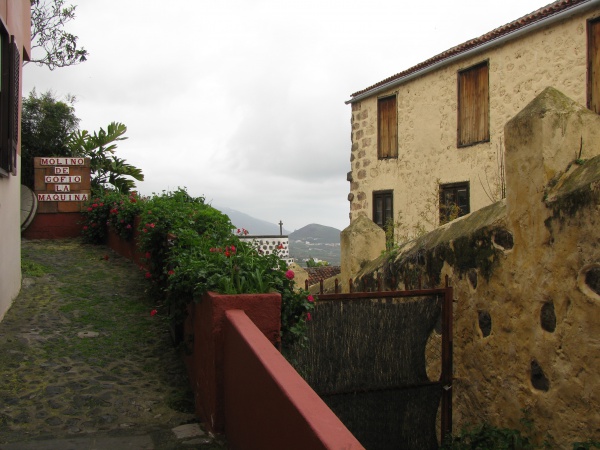Facts About Gofio
Gofio is a distinctive flour from the Canary Islands, crafted by roasting grains or starchy plants, sometimes with a touch of salt. This versatile ingredient has been a cornerstone of Canarian cuisine for ages and has extended its influence to regions such as the Caribbean, Western Sahara, Argentina, Uruguay, and Chile. In the Canary Islands, gofio is finely ground, similar in texture to regular flour.
The history of gofio traces back to the Guanches, the original inhabitants of the Canary Islands, who made it from barley and certain fern rhizomes. The term "gofio" originates from the aboriginal language of Gran Canaria. Interestingly, the Berbers in North Africa produced a similar roasted barley flour called "arkul." In Morocco, there is a comparable mixture known as "sellou" which combines toasted flour, almond paste, honey, and other ingredients. Gofio also found its way onto the high seas, used in expeditions such as Thor Heyerdahl's "Ra II."
Roasted grain flours are not unique to the Canary Islands; they appear in various cuisines worldwide. For instance, Tibetan "tsampa" is another example. Roasting grains before milling not only eliminates mold toxins but also enhances the flavor by creating complex sugars. In Western Sahara, gofio is often enjoyed with milk, sugar, and water.
In the Canary Islands, gofio is made from a variety of cereals and pulses, with maize and wheat being the most common. Its versatility is remarkable, finding its way into soups, stews, desserts, and more. Rich in nutrients, gofio was particularly vital during the difficult times following the Spanish Civil War. It can be consumed as a dough-like mixture or added to milk for a hearty breakfast. Today, gofio even features in modern products like ice cream and beer.
Beyond the Canary Islands, gofio has left its mark in other regions as well. In the Caribbean, it is enjoyed as a snack and sold as candy in Puerto Rico and the Dominican Republic. Argentina, Chile, Panama, Venezuela, and Uruguay have all incorporated gofio into their cuisines, thanks to Canarian influence.

 Andorra
Andorra